EXPERIMENT SHEET TO MAKE ARTIFICIAL SNOW
| Theme | Polymers |
| Category | Home Experiments, Experiments for children |
| Main product | Modified Sodium Polyacrylate: Artificial Snow |
| Short description | In this fun experiment we will see how to make artificial snow very easily at home. The snow that is obtained with this experiment is not real snow, it is chemical snow. In appearance it is totally snow-like, even cold to the touch. Make decorative snow to give a wintry look to your decorations or have a blast making homemade snow with the kids. |
SNOW MAKING MATERIALS
- Instant snow. The basis of this artificial snow are sodium polyacrylate powders, but the polymer has been modified to make it look more like artificial snow. Sodium polyacrylate is a non-toxic powder that has the characteristic of being able to absorb up to 1000 times its volume in water, giving the appearance of artificial snow once the water has been absorbed. It is used for baby nappies and sanitary towels. -> You can find it at Alquera
- To do this experiment you can use a product called artificial snow, to achieve a faster and more "exaggerated" snow effect. You can also use sodium polyacrylate itself, although the effect you will achieve is somewhat less.
MAKING ARTIFICIAL SNOW STEP BY STEP
Making snow is a very simple experiment, and by following the steps below you will be able to do it.
-
- Prepare your artificial snow powder. As mentioned above, you can also do it with sodium polyacrylate, the product called artificial snow is sodium polyacrylate but with the polymer somewhat modified to make a greater effect of artificial snow.
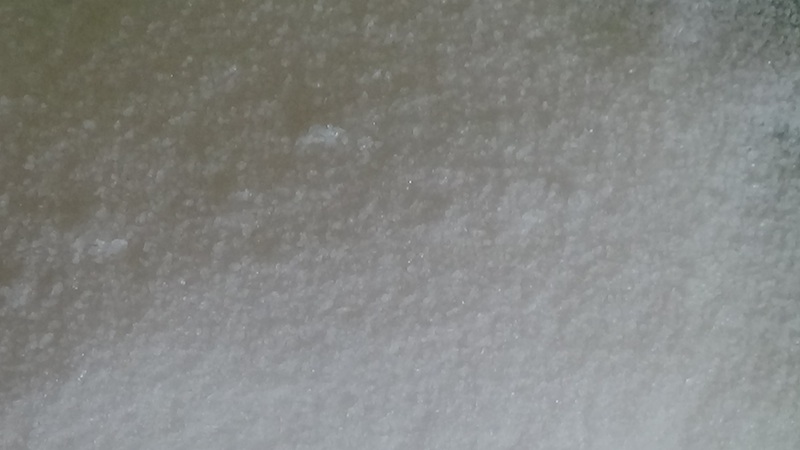
-
- Pour 15-20cc of artificial snow (about a tablespoon will do) into a glass.
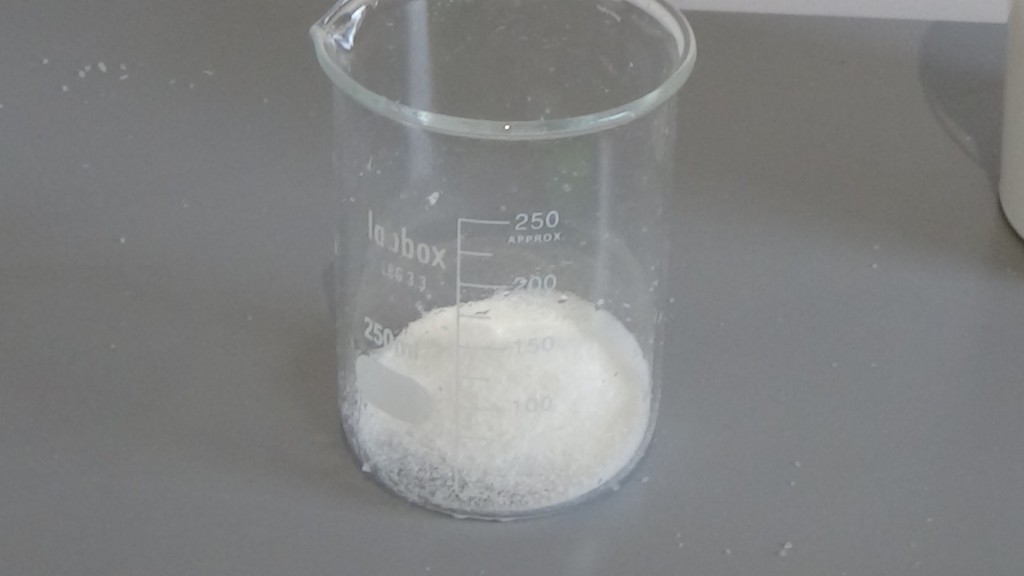
-
- Then fill the glass with 200ml of water (tap water is perfectly fine). If you want to colour the snow, add colouring to the water in the colour you want to give it. The dye is very dissolved, so add more than you would think you would need.
-
- Note: There is quite a lot of flexibility in the amount of powdered snow to use. If you do various tests, you will see that the amount to produce fake snow is very flexible, and whether you use more or less water, you will get a very realistic looking artificial snow.
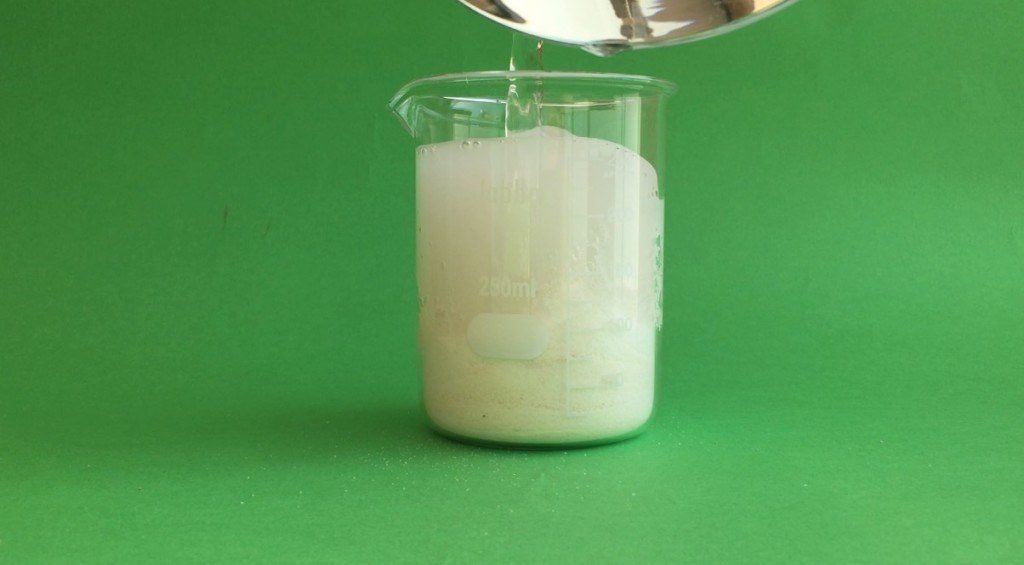
-
- Let it wait, and you will see how the powders begin to absorb the water, and our snow begins to form. In these images you can see the sequence of how snow has been made.
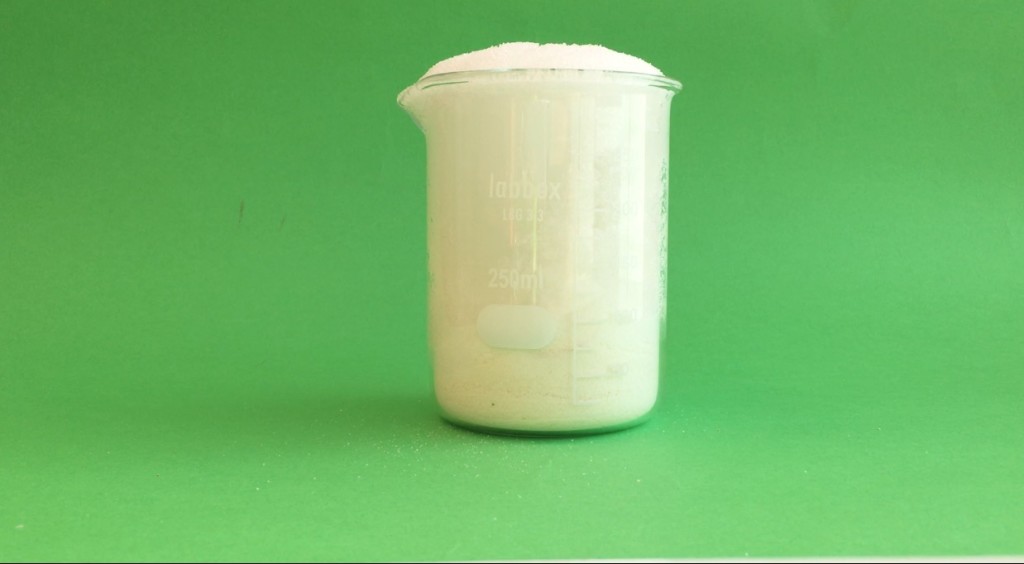
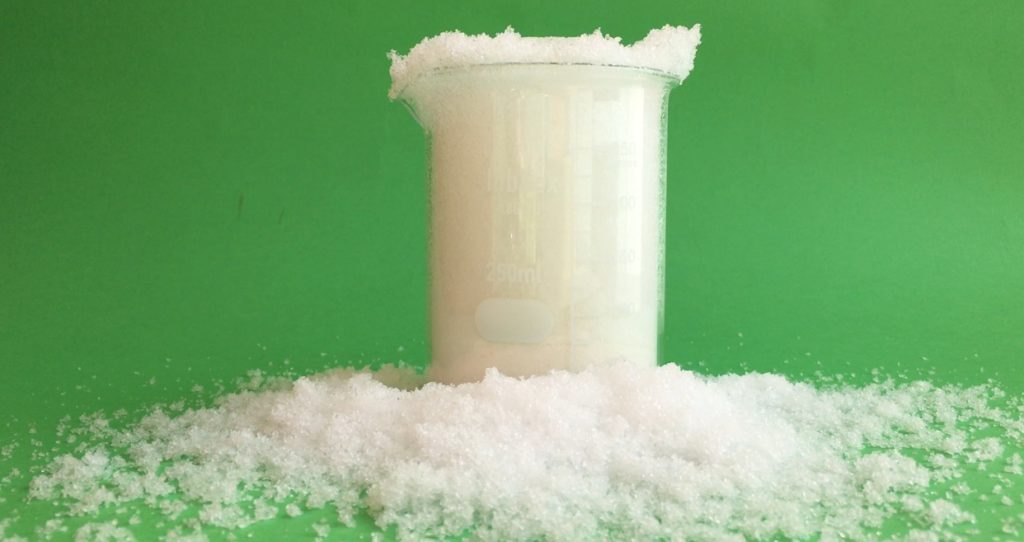
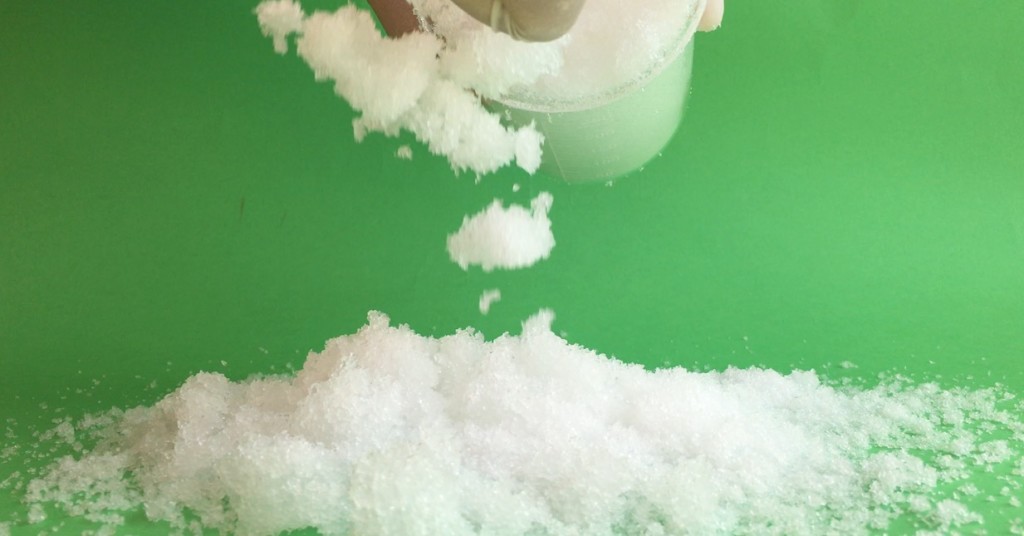
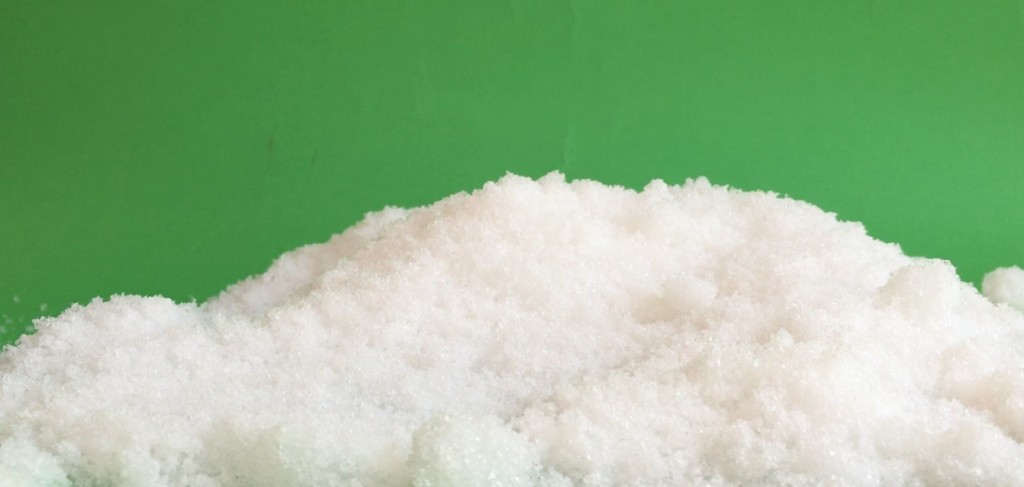
This fun snow-making experiment can be done with children, and in addition to having a very entertaining afternoon, it will serve as a first step in their foray into science and chemistry. They will be able to see how it is possible to transform matter in a very simple way, in this case simply by adding water.
How to make artificial snow in video
We leave you 2 videos of how the result of this artificial snow looks like, so you can see how simple and fun it can be to make it:
COLOURED ARTIFICIAL SNOW
If you wish, you can also transform this snow into a snow of the same colour.
colours. Just add colouring (the colour of your choice) to the water and you will get snow in any colour you want!
FIND OUT MORE ABOUT ARTIFICIAL SNOW
If you want to know more about the artificial snow used, how it works, the amount of water it is capable of absorbing, visit this web site snowartificial.co.uk
MORE EXPERIMENTS
In this section you can see more Experiments for children

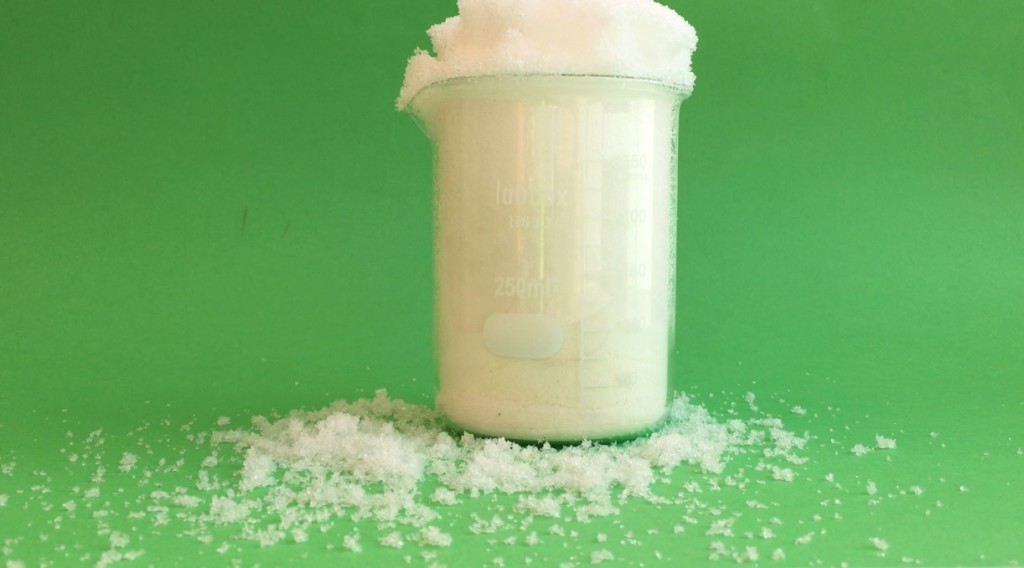
The resulting snow made in this way is really good! It has given me an impressive result for decoration, and my children had a great time making it with me.
Thank you very much!
Very illustrative and fun to do with the kids, we will try it !
Thanks for all the information! I have put it into practice with our children and they loved it!!!!
For children it is very entertaining and educational.
How cool! I did it with my nephews and it worked! I had a great time with them. And even more so.
I would love to win it, it would be great fun to play with the grandchildren.
Good afternoon, where do I get the powder to make snow?
artificial
Hello, we always work with alquera.comHere it is: Artificial Snow
Hello, and how do I dispose of the waste, does it pollute or not, thank you.
Hello, they do not pollute. They are the same powders used in baby nappies.
hello, i wanted to know how long the snow effect lasts? thank you.
Hello
Depending on temperature and humidity conditions, it should last about 7-10 days.